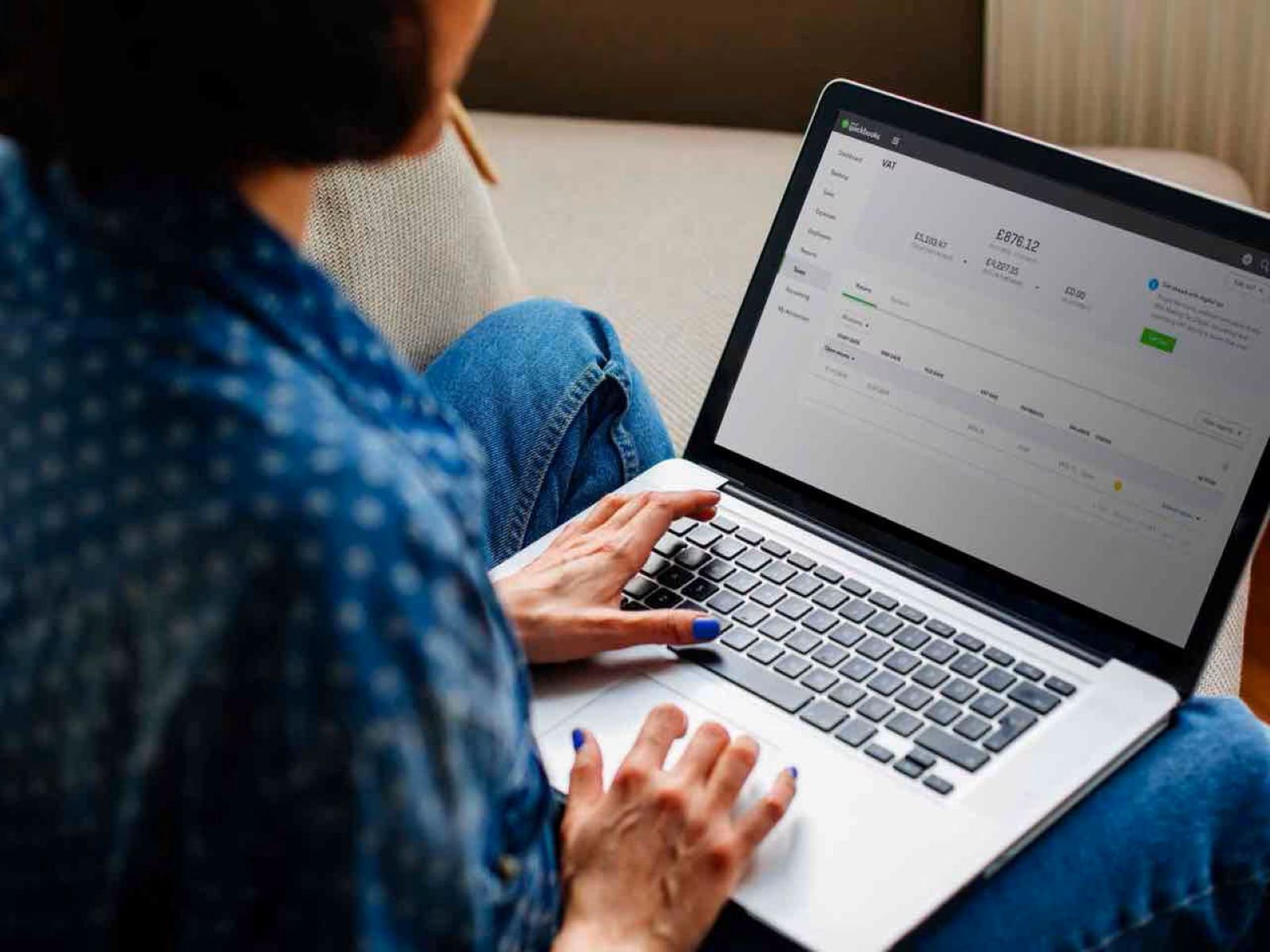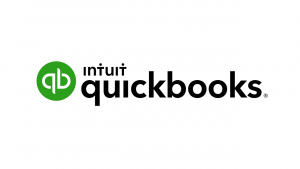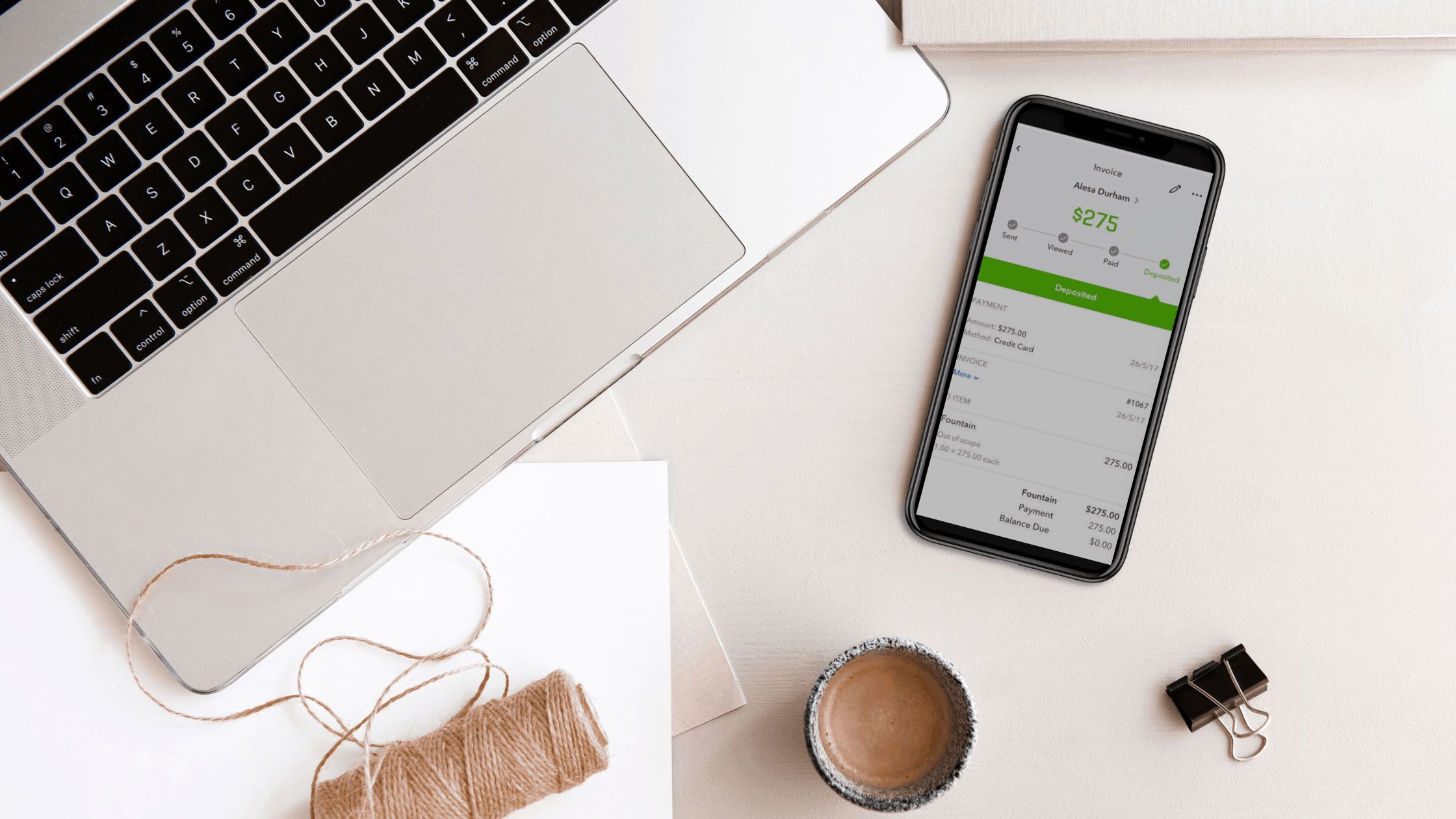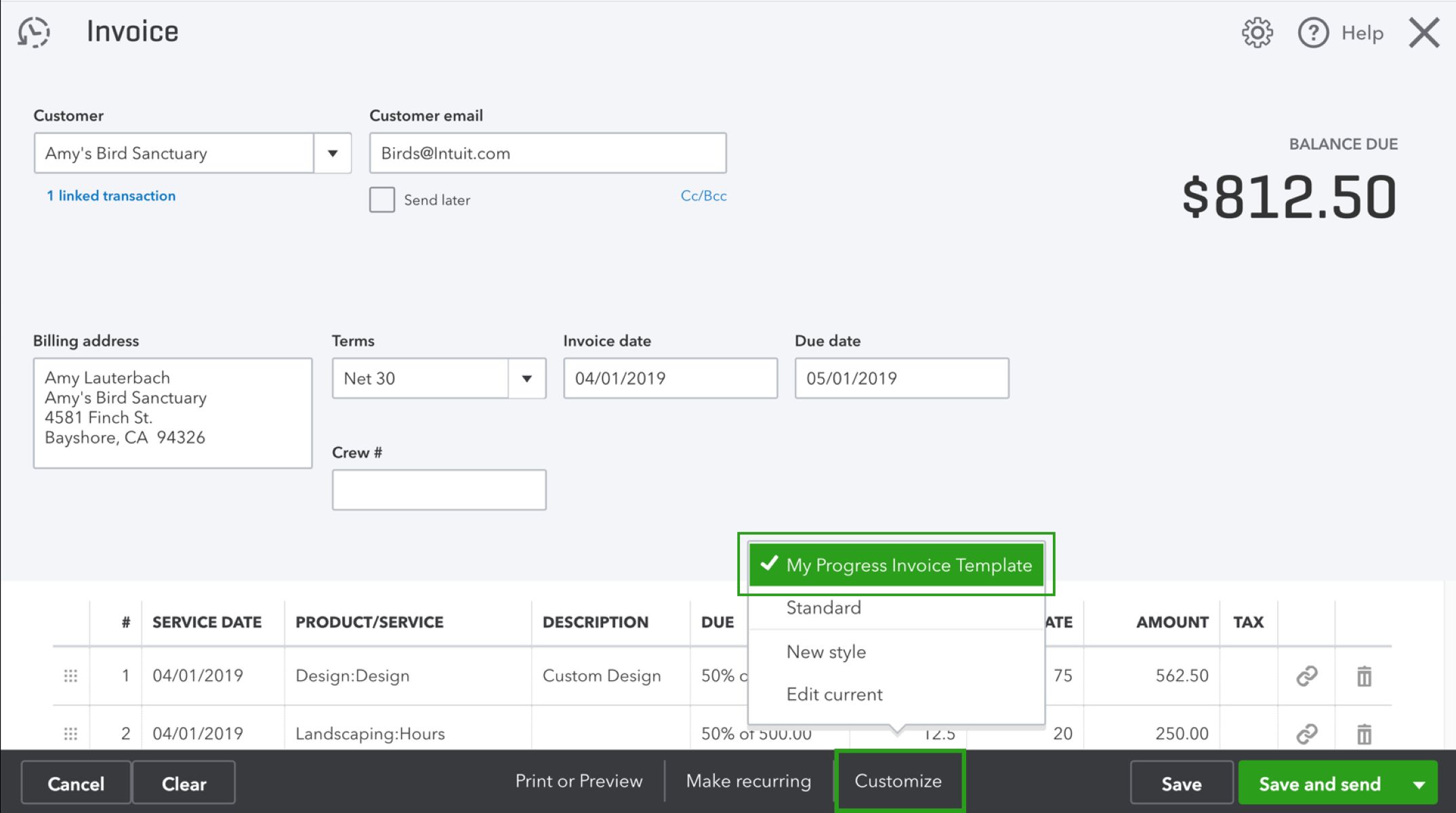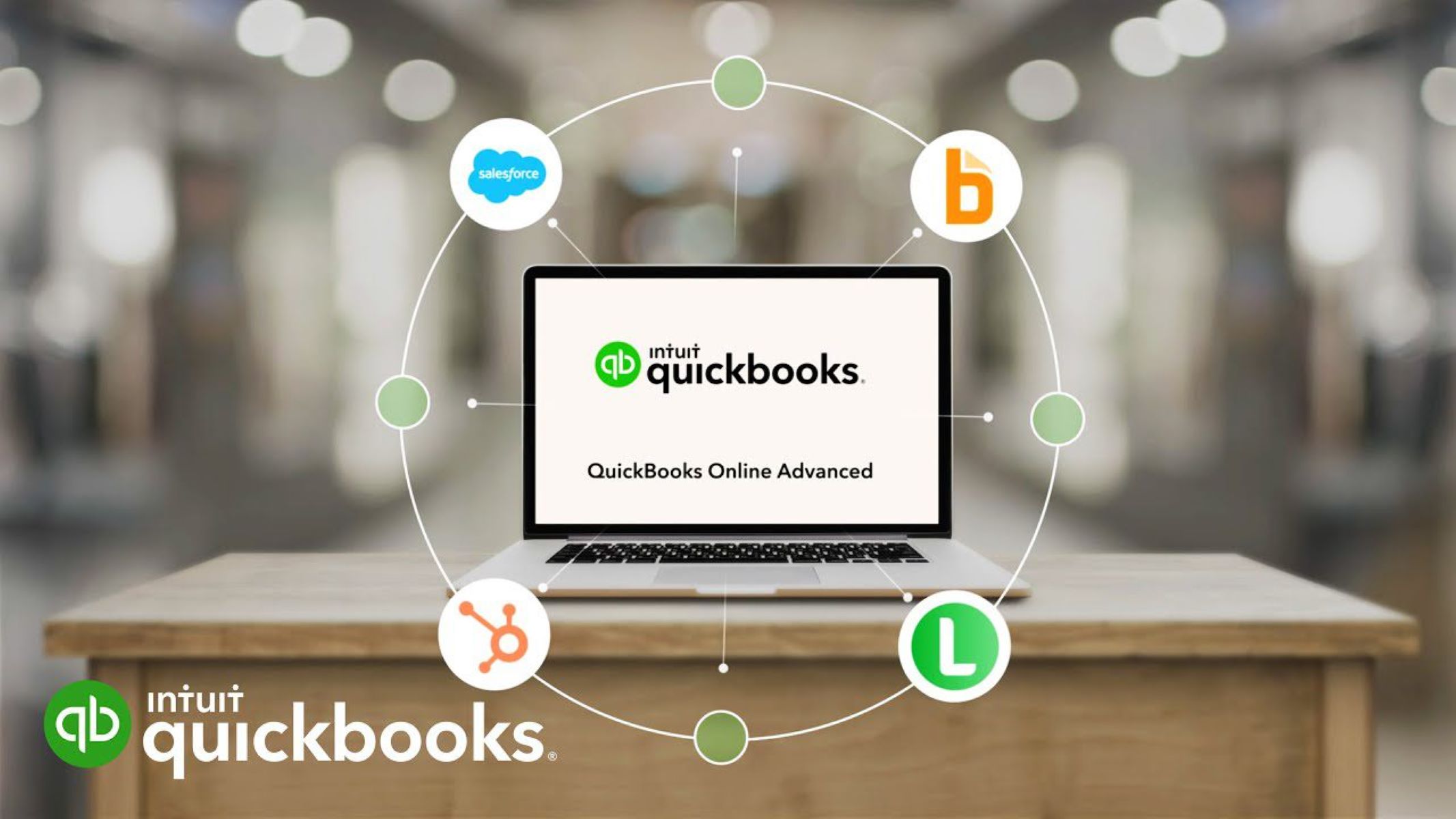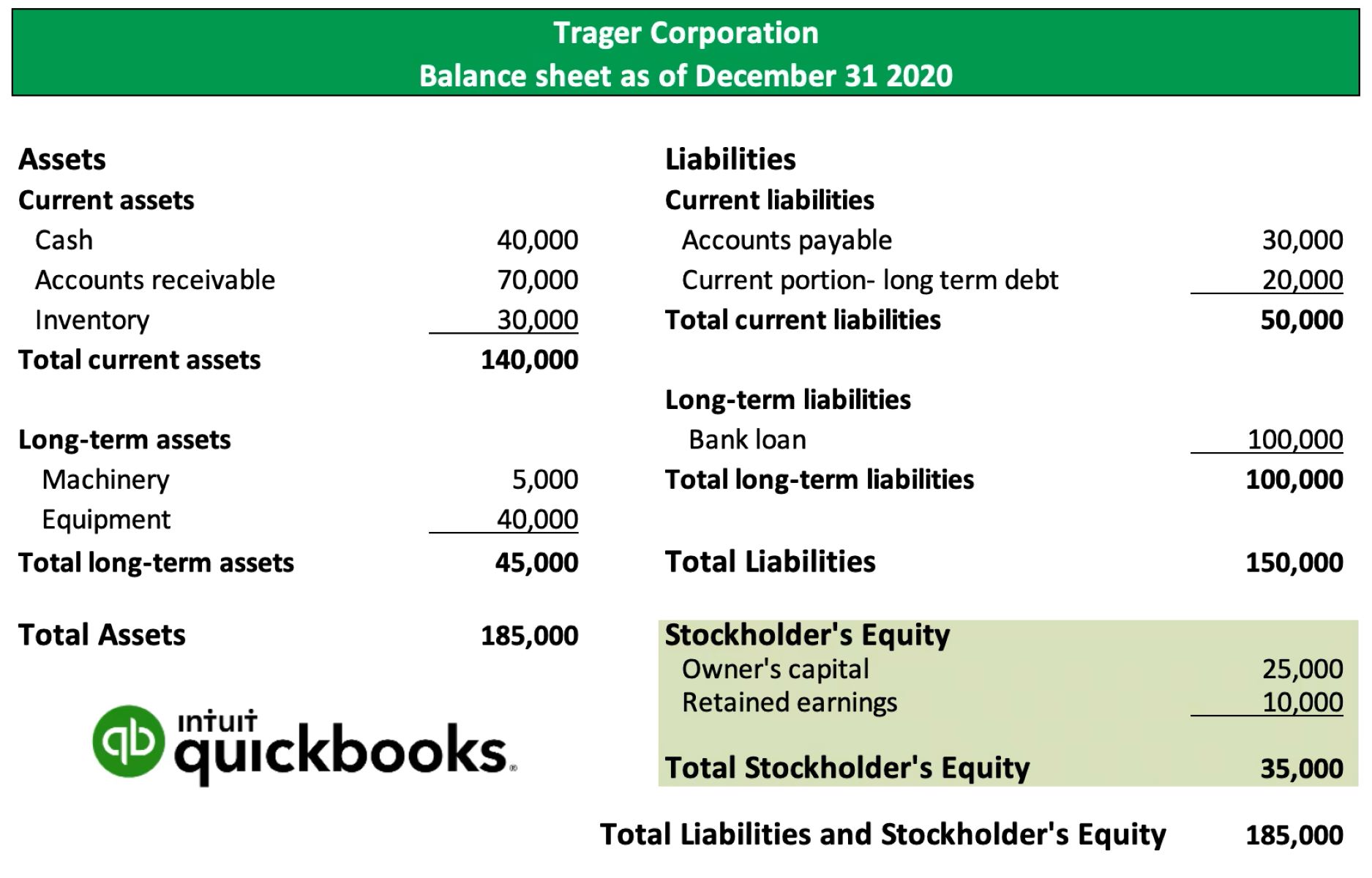Introduction
Welcome to our guide on understanding and managing owner’s pay and personal expenses in QuickBooks! As a business owner, it’s important to keep track of your finances accurately and efficiently. QuickBooks is a powerful accounting software that allows you to record and manage various financial transactions, including owner’s pay and personal expenses.
Owner’s pay refers to the money you, as a business owner, pay yourself from the business funds. It’s essential to record owner’s pay correctly in QuickBooks to maintain accurate financial records and ensure proper tax reporting. On the other hand, personal expenses are individual expenses incurred by the owner that are unrelated to the business operations. These expenses should be kept separate from the business expenses for clarity and accuracy.
In this guide, we will explain how to record owner’s pay and personal expenses in QuickBooks so that you can manage your finances effectively and maintain a clear distinction between your personal and business expenses. By following these steps, you will have a better understanding of your business’s financial health and be able to make informed decisions when it comes to managing your finances.
So, let’s dive into the details of how to properly handle owner’s pay and personal expenses in QuickBooks for a smoother financial management experience.
What is Owner’s Pay in QuickBooks?
Owner’s pay refers to the money that a business owner receives from the business’s profits or funds. It is the compensation that owners receive for their work and investment in the company. QuickBooks provides a convenient way to record and track owner’s pay, making it easier for business owners to manage their finances.
In QuickBooks, owner’s pay is typically recorded as a draw or distribution. A draw is when the owner takes money from the business for personal use, while a distribution is when the owner takes money as a return on their investment in the business. Both draws and distributions are considered owner’s pay.
Recording owner’s pay accurately in QuickBooks is crucial for several reasons:
- Financial Reporting: Properly recording owner’s pay ensures that your financial statements accurately reflect the funds that you have taken out of the business. This is important for financial reporting and analysis.
- Tax Purposes: When you record owner’s pay in QuickBooks, it helps in determining the taxable income for the business. This is vital for calculating your personal income tax obligations.
- Business Analysis: Tracking owner’s pay allows you to monitor and analyze the financial performance of your business. It helps you understand how much you are taking out of the business and how it affects your overall profitability.
To record owner’s pay in QuickBooks:
- Open QuickBooks and navigate to the “Banking” or “Expenses” tab.
- Select the appropriate bank account from which you want to pay yourself as the owner.
- Create a new transaction, either a “Check” or “Expense” transaction, depending on your preference.
- Enter the necessary details, such as the payee (your name), the amount of owner’s pay you are taking, and any additional notes or memos.
- Save the transaction, and QuickBooks will automatically update your financial records to reflect the owner’s pay.
By following these steps, you can accurately record and track owner’s pay in QuickBooks, ensuring transparency and accuracy in your financial management. This will help you stay organized and informed about the money you are taking from your business.
How to Record Owner’s Pay in QuickBooks
Recording owner’s pay in QuickBooks is a straightforward process that allows you to accurately track your withdrawals from the business. By following these steps, you can ensure that your financial records are up to date and reflect the owner’s pay that you have taken.
- Step 1: Access the Banking or Expenses Tab
- Step 2: Select the Bank Account
- Step 3: Create a New Transaction
- Step 4: Enter the Payee
- Step 5: Add the Amount
- Step 6: Provide Additional Details
- Step 7: Save the Transaction
Open QuickBooks and navigate to the “Banking” or “Expenses” tab, depending on your preference and how you categorize owner’s pay.
Choose the appropriate bank account from which you want to record the owner’s pay. This is the account from which the funds will be withdrawn.
Click on the “New Transaction” button to create a new check or expense transaction, depending on how you prefer to record owner’s pay.
Enter your name as the payee for this transaction. This ensures that the owner’s pay is properly attributed to you.
Specify the amount of owner’s pay that you are taking from the business. Make sure to enter the correct amount.
If needed, you can include additional notes or memos to provide more context for the owner’s pay transaction.
Click “Save” to record the owner’s pay transaction in QuickBooks. This will update your financial records accordingly.
It’s important to consistently record owner’s pay transactions in QuickBooks to maintain accurate financial records. This will help you stay on top of your personal withdrawals from the business and ensure that your tax reporting and financial statements are correct.
Additionally, keeping a separate bank account for your business and personal finances can further streamline the process of recording owner’s pay. This separates your personal expenses from the business expenses, making it easier to track and manage both.
By following these steps and maintaining meticulous records, you can effortlessly record owner’s pay in QuickBooks and have a clear overview of your personal withdrawals from the business.
What are Personal Expenses in QuickBooks?
In QuickBooks, personal expenses refer to purchases or expenses that are unrelated to your business operations. These expenses are incurred for personal purposes and should be kept separate from your business expenses to maintain clarity and accuracy in your financial records.
It’s important to distinguish between personal expenses and business expenses in QuickBooks to ensure that your financial statements reflect the true financial health of your business. By tracking personal expenses separately, you can better understand your business’s profitability and make informed financial decisions.
Some common examples of personal expenses include:
- Personal Groceries: Expenses related to grocery shopping, household supplies, and personal care items.
- Entertainment: Expenses for dining out, entertainment activities, movies, concerts, and other recreational expenses unrelated to your business.
- Travel Expenses: Personal travel costs, such as flights, hotels, and dining expenses, when it’s not business-related.
- Personal Insurance: Expenses for personal insurance policies, such as health insurance, life insurance, or car insurance.
- Personal Debt Payments: Monthly loan payments, credit card payments, or mortgage payments that are not related to your business.
To keep personal expenses separate from business expenses in QuickBooks:
- Use Separate Bank Accounts: Maintain separate bank accounts for your personal and business transactions. This will help you easily identify personal expenses and avoid mixing them with business transactions.
- Categorize Expenses Correctly: Make sure to categorize personal expenses appropriately as personal or non-business expenses in QuickBooks. This ensures accurate financial reporting.
- Avoid Using Business Funds for Personal Expenses: Refrain from using business funds to pay for personal expenses. Instead, use your personal funds or draw from your personal account.
- Reconcile Bank Statements Regularly: Regularly reconcile your bank statements in QuickBooks to ensure that all personal expenses are correctly recorded and accounted for.
By following these practices, you can maintain a clear distinction between personal and business expenses in QuickBooks. This enables you to have a comprehensive overview of your business’s financial health and ensures accurate financial reporting.
Remember, accurate recording of personal expenses in QuickBooks allows you to make informed financial decisions, manage your personal finances effectively, and maintain the integrity of your business’s financial records.
How to Record Personal Expenses in QuickBooks
Recording personal expenses separately in QuickBooks is important to maintain accurate financial records and to differentiate them from your business expenses. By following these steps, you can effectively record personal expenses in QuickBooks and ensure that your financial statements reflect the true financial health of your business.
- Step 1: Access the Banking or Expenses Tab
- Step 2: Choose the Bank Account
- Step 3: Create a New Transaction
- Step 4: Enter the Payee
- Step 5: Specify the Expense Category
- Step 6: Enter the Expense Amount
- Step 7: Save the Transaction
Open QuickBooks and navigate to the “Banking” or “Expenses” tab, depending on your preference and how you categorize personal expenses.
Select the bank account from which you made the personal expense payment. This account should be your personal account or a separate account for personal transactions.
Click on the “New Transaction” button to create a new check or expense transaction.
Enter the name of the payee for the personal expense. This could be the name of the vendor or the person to whom you made the payment.
Choose the appropriate expense category for the personal expense. If the category doesn’t exist in QuickBooks, create a new one specifically for personal expenses.
Enter the amount of the personal expense that you paid. Make sure to enter the correct amount.
Click “Save” to record the personal expense transaction in QuickBooks. This will update your financial records accordingly.
By following these steps, you can accurately record personal expenses in QuickBooks and separate them from your business expenses. This ensures that your financial statements provide an accurate representation of your business’s profitability and financial health.
It’s important to note that personal expenses should be paid using your personal funds, not your business funds. Mixing personal and business expenses can complicate your financial records and make it harder to track and manage your finances effectively.
By maintaining separate accounts for personal and business transactions and diligently categorizing personal expenses, you can easily identify and manage your personal expenses in QuickBooks. This level of organization will help you make informed financial decisions and maintain the integrity of your business’s financial records.
Tips for Managing Owner’s Pay and Personal Expenses in QuickBooks
Managing owner’s pay and personal expenses in QuickBooks requires careful attention to detail and adherence to best practices. By following these tips, you can ensure accurate financial records and streamline your financial management processes.
- Keep Personal and Business Transactions Separate: Maintain separate bank accounts and credit cards for personal and business use. This separation simplifies the recording and tracking of owner’s pay and personal expenses.
- Set a Regular Pay Schedule: Establish a regular pay schedule for yourself as the business owner. This helps with consistency in recording owner’s pay transactions and makes financial planning easier.
- Categorize Transactions Correctly: Ensure that all owner’s pay and personal expense transactions are categorized correctly. Use appropriate expense categories and subcategories to accurately track and analyze your financial data.
- Use the Memo Field: Utilize the memo field in QuickBooks to provide additional details for owner’s pay and personal expenses. This can be helpful for future reference or when creating reports.
- Reconcile Bank Statements Regularly: Regularly reconcile your bank statements with QuickBooks to ensure that all transactions, including owner’s pay and personal expenses, are accurately recorded. This helps identify any discrepancies or errors.
- Consult with a Professional: If you are unsure about how to manage owner’s pay and personal expenses in QuickBooks, consider consulting with an accountant or bookkeeper who specializes in small business finances. They can provide guidance and ensure compliance with relevant tax regulations.
- Maintain Accurate Documentation: Keep copies of receipts, invoices, and other supporting documents for both owner’s pay and personal expenses. This documentation serves as evidence in case of future audits or inquiries.
- Regularly Review Financial Reports: Analyze your financial reports in QuickBooks regularly to gain insights into your business’s financial health. This includes tracking trends in owner’s pay and personal expenses to identify areas for improvement or cost-cutting.
- Stay Updated with QuickBooks: Keep yourself informed about the latest features and updates in QuickBooks. Regularly check for software updates and take advantage of any new functionalities that can enhance your financial management processes.
By implementing these tips, you can effectively manage owner’s pay and personal expenses in QuickBooks. This will help you maintain accurate financial records, make informed decisions, and keep your business’s finances organized and transparent.
Conclusion
Properly managing owner’s pay and personal expenses in QuickBooks is essential for maintaining accurate financial records and making informed financial decisions as a business owner. By following the steps outlined in this guide and implementing the tips provided, you can effectively record, track, and manage these transactions in QuickBooks.
Recording owner’s pay accurately allows you to monitor your personal withdrawals from the business and understand the impact on your business’s profitability. It also helps with financial reporting and tax obligations.
Separating personal expenses from business expenses in QuickBooks ensures that your financial statements accurately reflect your business’s financial health. By categorizing personal expenses correctly and reconciling bank statements regularly, you can track and manage your personal expenses with ease.
Consulting with professionals and staying updated with QuickBooks can further enhance your financial management practices, ensuring compliance with regulations and taking advantage of new features.
By maintaining accurate financial records, you gain valuable insights into the financial health of your business and can make informed decisions to drive its success. With QuickBooks as your tool, managing owner’s pay and personal expenses becomes a seamless and efficient process.
Remember, accurate financial records are not only important for your own understanding and decision-making but also play a vital role in facilitating tax compliance and fulfilling financial obligations to stakeholders.
By mastering the art of managing owner’s pay and personal expenses in QuickBooks, you can focus on growing your business and achieving your financial goals with confidence and clarity.







